Refine search
Actions for selected content:
3388313 results
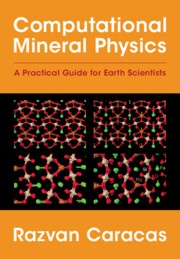
Computational Mineral Physics
- A Practical Guide for Earth Scientists
- Coming soon
-
- Expected online publication date:
- January 2026
- Print publication:
- 28 February 2026
-
- Book
- Export citation

Unicorns from Emerging Economies
- Creating Value through Technology and Innovation
- Coming soon
-
- Expected online publication date:
- January 2026
- Print publication:
- 31 January 2026
-
- Book
- Export citation

Revisiting Justice
- The Moral Meaning of Parole
- Coming soon
-
- Expected online publication date:
- January 2026
- Print publication:
- 31 January 2026
-
- Element
- Export citation
Explanation and Critical Thinking in the Neurosciences
- Bridging the Gaps
- Coming soon
-
- Expected online publication date:
- January 2026
- Print publication:
- 31 January 2026
-
- Textbook
- Export citation
Captured Consent
- Contract Labor in English Charity, Colonization, and War, 1600–1700
- Coming soon
-
- Expected online publication date:
- January 2026
- Print publication:
- 31 January 2026
-
- Book
- Export citation
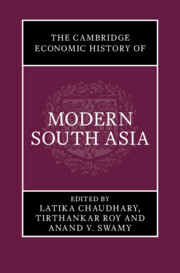
The Cambridge Economic History of Modern South Asia
- Coming soon
-
- Expected online publication date:
- January 2026
- Print publication:
- 31 January 2026
-
- Book
- Export citation
Justice for Some
- A Comparative Study of Wrongful Conviction
- Coming soon
-
- Expected online publication date:
- January 2026
- Print publication:
- 31 January 2026
-
- Book
- Export citation

Aristippus of Cyrene, Pleasure and the Present
- Coming soon
-
- Expected online publication date:
- January 2026
- Print publication:
- 31 January 2026
-
- Element
- Export citation
Social Change across the End of the Aegean Bronze Age
- Coming soon
-
- Expected online publication date:
- January 2026
- Print publication:
- 31 January 2026
-
- Element
- Export citation
Our Metaphorical Bodies
- Why Metaphor May Be Everwhere
- Coming soon
-
- Expected online publication date:
- January 2026
- Print publication:
- 31 January 2026
-
- Book
- Export citation

Trade in Tasks
- A New Perspective on International Trade, Structural Change and Economic Development
- Coming soon
-
- Expected online publication date:
- January 2026
- Print publication:
- 31 January 2026
-
- Element
- Export citation
Syntactic Variation from Individuals to Populations
- Language as a Complex System
- Coming soon
-
- Expected online publication date:
- January 2026
- Print publication:
- 31 January 2026
-
- Element
- Export citation
PROMPT Course Manual
- Coming soon
-
- Expected online publication date:
- January 2026
- Print publication:
- 31 January 2026
-
- Book
- Export citation
Collaboration, Technologies, and the History of Shakespearean Bibliography
- Coming soon
-
- Expected online publication date:
- January 2026
- Print publication:
- 31 January 2026
-
- Element
- Export citation

The Cambridge Companion to the Spanish Inquisition
- Coming soon
-
- Expected online publication date:
- January 2026
- Print publication:
- 31 January 2026
-
- Book
- Export citation
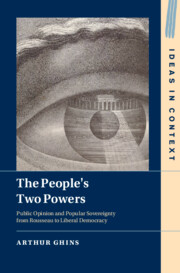
The People's Two Powers
- Public Opinion and Popular Sovereignty from Rousseau to Liberal Democracy
- Coming soon
-
- Expected online publication date:
- January 2026
- Print publication:
- 31 January 2026
-
- Book
- Export citation
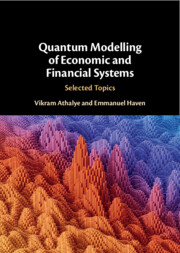
Quantum Modelling of Economic and Financial Systems
- Selected Topics
- Coming soon
-
- Expected online publication date:
- January 2026
- Print publication:
- 31 January 2026
-
- Book
- Export citation
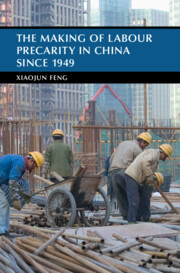
The Making of Labour Precarity in China since 1949
- Coming soon
-
- Expected online publication date:
- January 2026
- Print publication:
- 31 January 2026
-
- Book
- Export citation
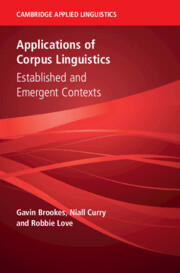
Applications of Corpus Linguistics
- Established and Emergent Contexts
- Coming soon
-
- Expected online publication date:
- January 2026
- Print publication:
- 31 January 2026
-
- Book
- Export citation

Gothic Poland and British Fiction, c. 1790–1830
- Coming soon
-
- Expected online publication date:
- January 2026
- Print publication:
- 31 December 2025
-
- Element
- Export citation
